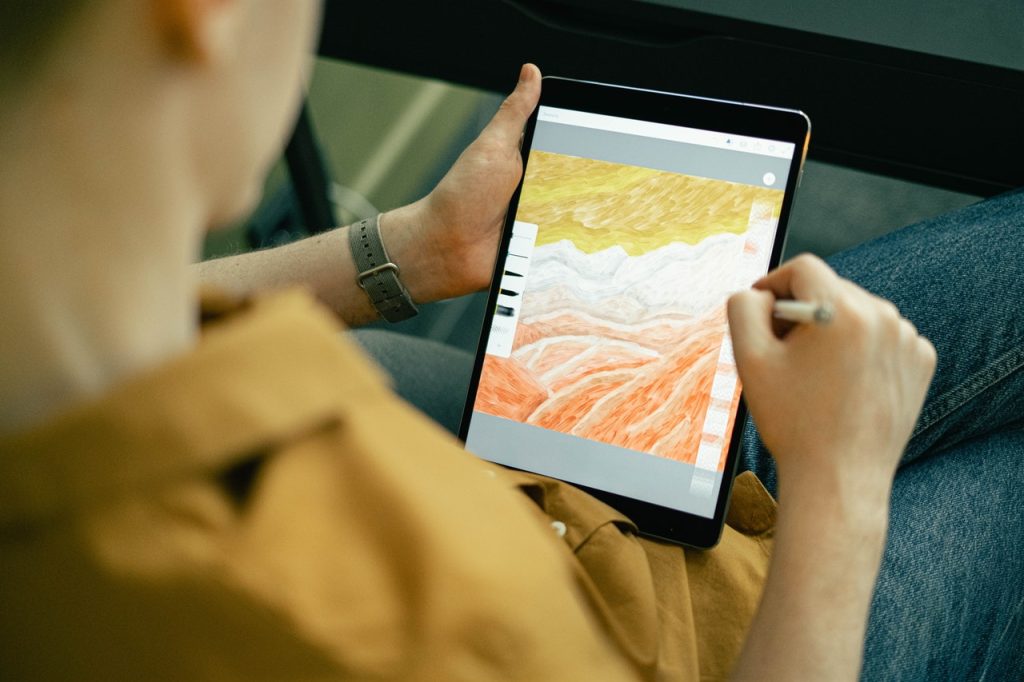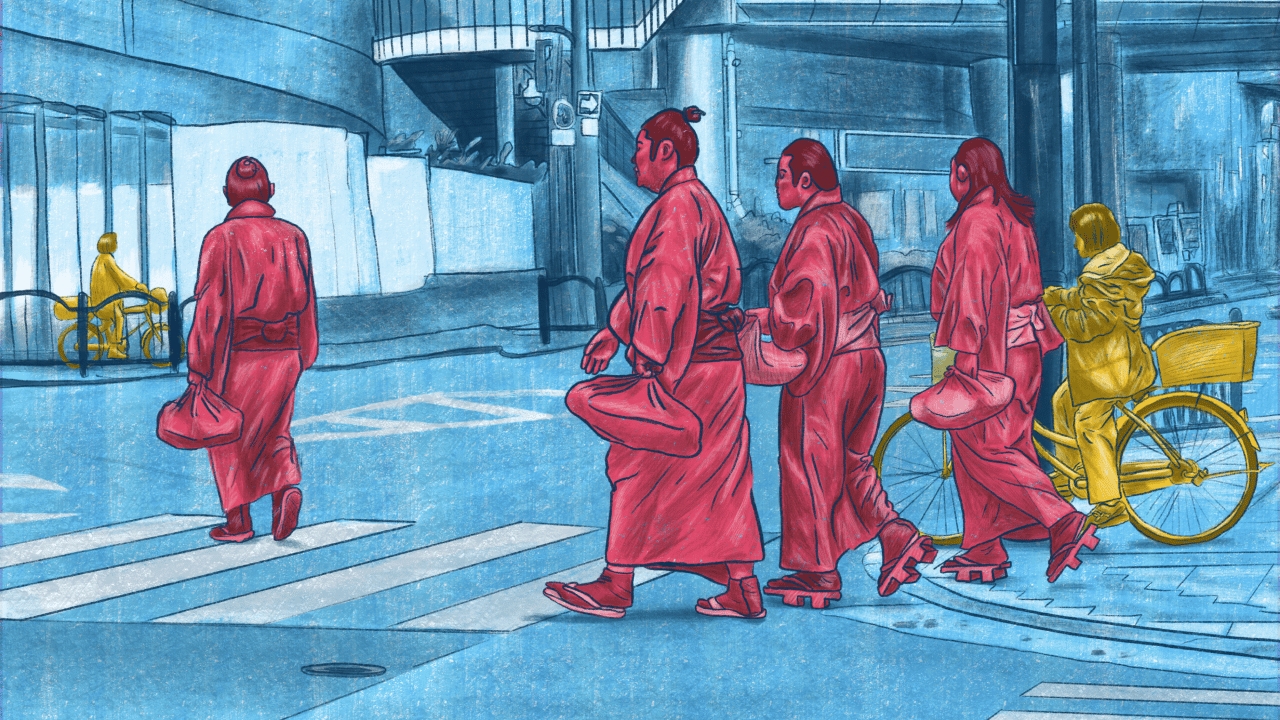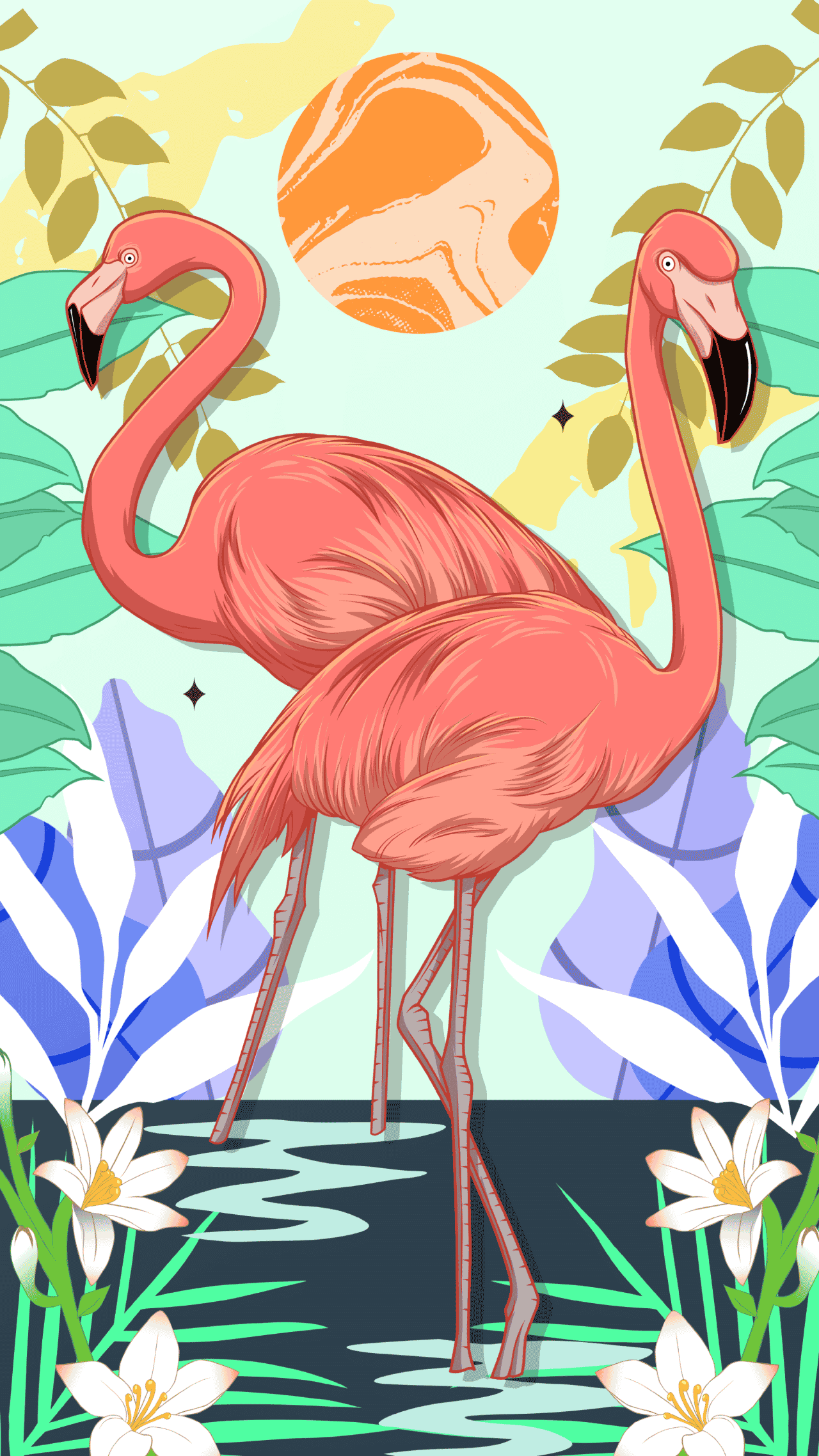As we mentioned above, there are many types of digital artists with many of the types having different paths and skillsets required. Because of this, there is no one linear path to becoming a digital artist. Having said that, whether you want to be a digital painter or an animator, there is some overlap in the steps you should follow to find success.
You’ll want to customize these steps based on the type of digital art you hope to specialize in, but in general, these are the steps you’ll want to follow:
Digital art takes a lot of specialized skill and practice. Refining these skills can be quite time intensive. Not only that, but if you really want to have success as a digital artist, you’ll likely need to invest in some pricey tools and equipment (i.e. a powerful computer, a drawing tablet, software like Photoshop, etc.). In addition, many digital artists receive further education in their field of interest, which only adds more investment to the pursuit.
You likely don’t want to put the time and money into pursuing this career if you’re not sure that it is right for you. Take the time here to dive deep into the different types of digital art, see what interests you, and if possible, try experimenting with the forms to see what you like/what suits you.
Think of it this way: Is it likely that someone would go into video game design if they had never played a video game before? It’s possible but not likely. You need to become intimately familiar with digital art before deciding you wish to pursue it.
Don’t forget, while there is some overlap between the different types of digital art, they all tend to have different paths to success, so while we often suggest not being too hyper-focused on the type of art you want to pursue in the beginning, in this particular case, you likely will want to have a plan in mind.
As with almost all styles of art, you never absolutely need a formal education in order to pursue your passion. Art can be created by anyone, whether they have the education or not.
Having said that, in this case, with so many specialized skills required of a digital artist, you will likely find that most digital artists receive some type of formal training in their chosen field.
This is also why it’s so important to spend time on step one. You don’t want to go to school for animation and then find out you want to pursue graphic design, considering the schooling for both are very different from one another.
Whether you’re practicing your art with traditional pen and paper, or experimenting with Photoshop while you’re in school and have access to the program, it’s important to always keep practicing your skills as a digital artist.
This can be challenging in the beginning when you might not have access to the tools and equipment you need to practice your art, but don’t let this be an excuse. For example, if you want to be a digital painter, you should have some skills as a traditional painter that would allow you to practice on traditional canvas (this might not help you with your digital skills, but it will help you with understanding how textures, colors, and shapes work together in a scene).
In addition, if you’re serious about digital art, you can often find software and programs at discounted rates that will allow you to get some practice in these early stages.
It’s never too early to start building your portfolio. In fact, if you’re serious about this pursuit, the earlier you start compiling a portfolio the better.
To do so, you’ll want to set up a website where you can house your portfolio. It is particularly important to go the digital route for your portfolio, considering as a digital artist, your work will be displayed visually.
Even if you don’t think your work is good enough to be displayed yet, we still suggest setting up your portfolio ASAP. This gives you time to play with your website, figure out what you want to share, and continue refining it as you go.
No matter how skilled you are, your portfolio won’t be perfect right off the bat. In fact, you don’t want it to be. You want your portfolio to continue improving as your skills as a digital artist improve. In other words, if your portfolio isn’t improving, it means you’re not growing as an artist, which is something all artists want to avoid.
If you need help getting your portfolio set up, this in-depth guide will give you all the tools and guidance you need to set up a portfolio as a digital artist.
It might seem like a big step to go from portfolio to professional work, but if you’re serious about your pursuit as a digital artist, you need to start working in some professional capacity.
This is where deciding where you fit within the industry comes into play.
Do you want to be a freelance digital artist, working on projects as you go?
Do you want to create digital art and sell it on Etsy? Or perhaps you’re more interested in getting involved in the art world and sharing your work in art galleries?
Would you prefer to work within a company as a digital artist? For instance, as an animator for Disney.
It’s unlikely that you’ll land your dream job right off the bat, but knowing what you want to achieve as a digital artist and then working your way backward from there can give you a more direct path to help you reach all your digital art goals.
If these steps feel overwhelming or you’re looking for more guidance in your digital art career, this guide all about digital art will be helpful to check out.


